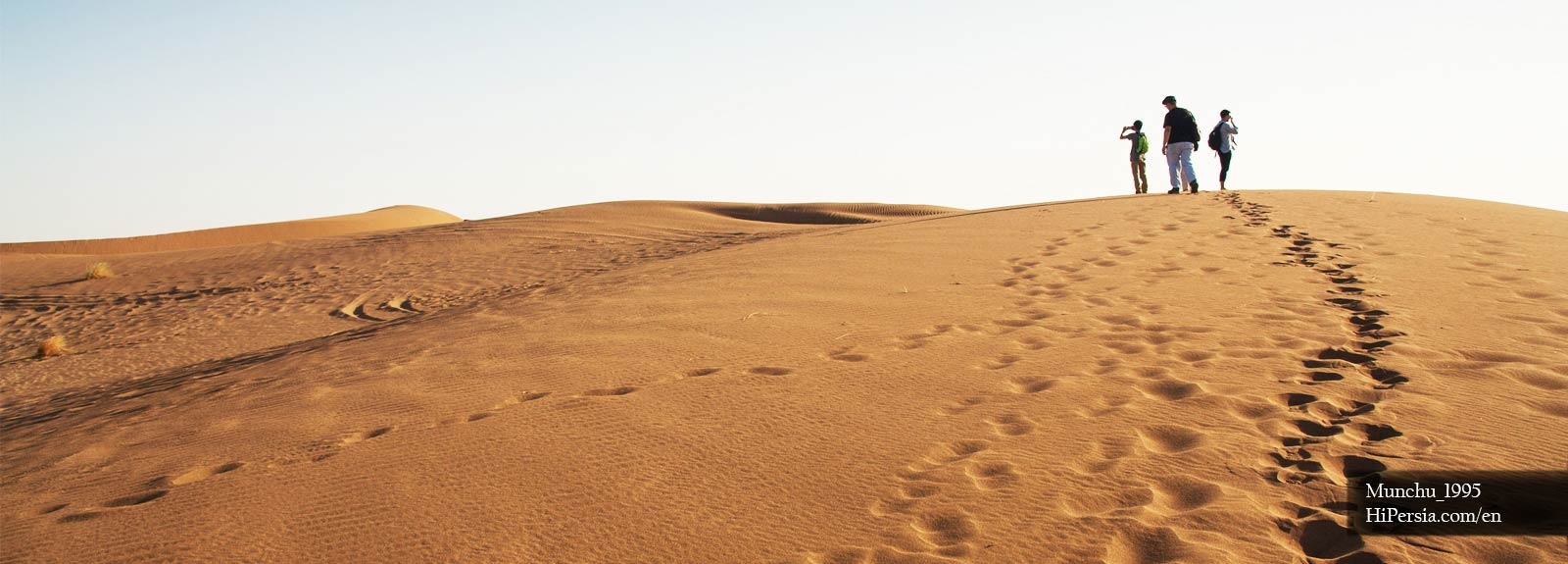



We want to introduce you, one of the largest and oldest national parks and protected areas of Iran known as Kavir National Park. Kavir is the Persian equivalent of Desert in English.
Traveling to the Kavir National Park reveals secrets and natural beauty of mysterious Iran’s desert, and broaden your experience beyond the ordinary life. Explore the high-walled dunes and wander around miles away. The Kavir National Park is perfect for travelers who look for a safari journey. The Kavir National Park is known as little Africa or Iran’s Serengeti (a geographical region in Africa) due to its astonishing biological diversity in wildlife, considered to be one of the dazzling parts of the country. Kavir National Park is the largest protected ecological zone of Iran and placed on the western edge of Dasht-e Kavir with a total area of 670 thousand hectares, where stretched over the provinces of Semnan, Tehran, Qom, and Isfahan.

The Kavir National Park has a dry and desert climate, and most of its precipitation occurs from November till May. The average annual rainfall in the region is approximately 150 mm. However, the desert has several rivers and springs, including Sefid Ab, Abshar Namaki, and Siyah Kuh. Typically, hot weather continues from early June to the end of October in the region.
Salt Lake is one of the attractions of the Kavir National Park, which is one of the most extensive salt marshes in the country with a triangular shape, located in the vicinity of the region, outside the park frontier. There is plenty of quicksand, surrounding this vast salt marsh, and there is no creature living inside it, although, it has a great host of migratory birds during the winter.

Kavir National Park is the only place where there is no human living and is completely protected. The park is a natural exhibition for showcasing the rare desert wildlife, including Asiatic cheetah, Persian leopard, Gray wolf, Striped hyena, Sand cat, Red fox, Rüppell's fox, Chinkara, Ovis, Jackal, Caracal and various Halophyte plants. In total, 34 species of mammals, 155 birds, and 34 reptiles have been identified in this region.
The pavement road is one of the most amazing monuments of the area, making it possible to cross the caravans through the marshy lands of Dasht-e Kavir. The famous Palace of Bahram, which is a Shah Abbasi Caravanserai, and Ain Rashid Caravanserai, the Sieh Kooh rocky canal that supply the water needed for the Bahram Palace, the remnants of the harem building, the Sefid Ab and Lakab Caravansaries, and Qilooq water storage are other historical attractions of the region.


The Kavir National Park is home to many tourists and wildlife lovers who pack their bags to see this spectacular area every year. Mid-Autumn and late November are the best times due to the dryness of the path and mild weather in the area. The necessary equipment needs to take in the journey includes a first aid kit, spare tire, extra fuel, hats, sunglasses, sunscreen lotion, and abundant water. If you want to have a personal trip to the park, use an Off-road vehicle. Otherwise, it's best to go there on tours.
Read More About Iran deserts:






“Oh! Squander not this breath that Heaven hath lent thee, Nor make too sure another breath to borrow!’” Khayam